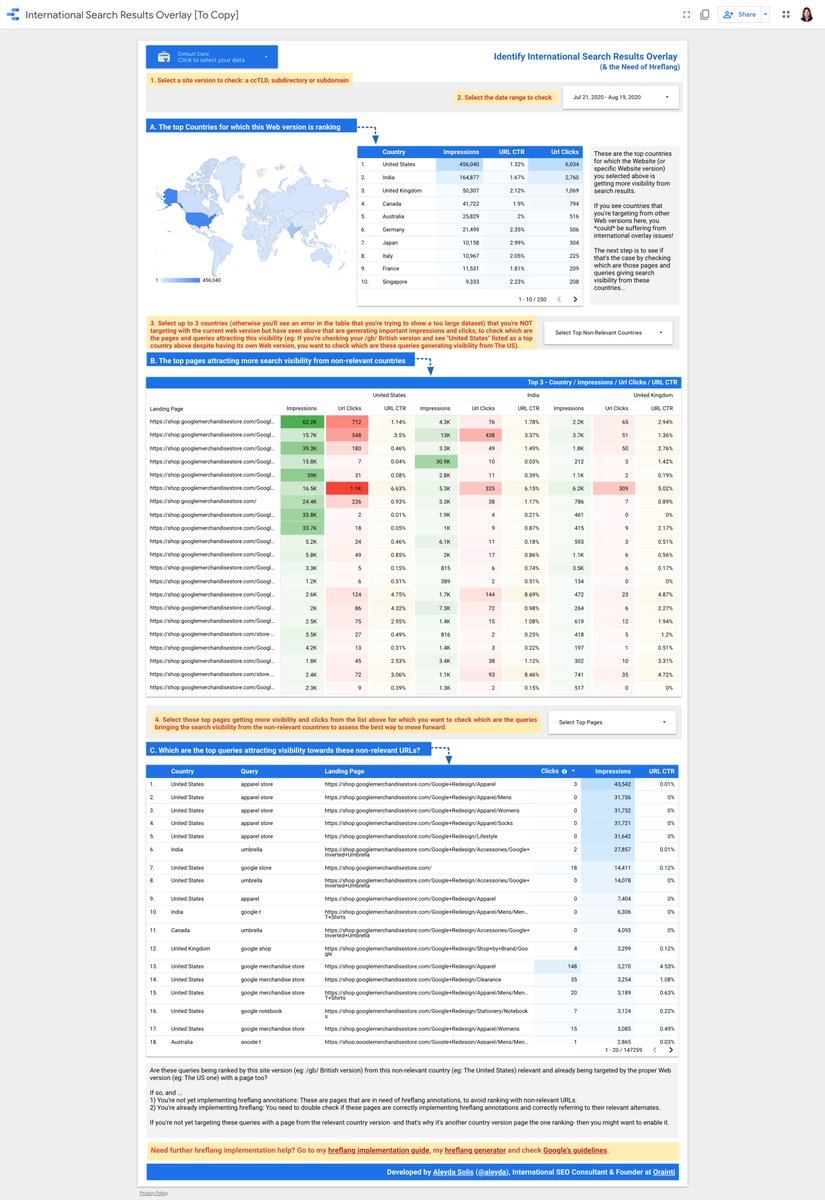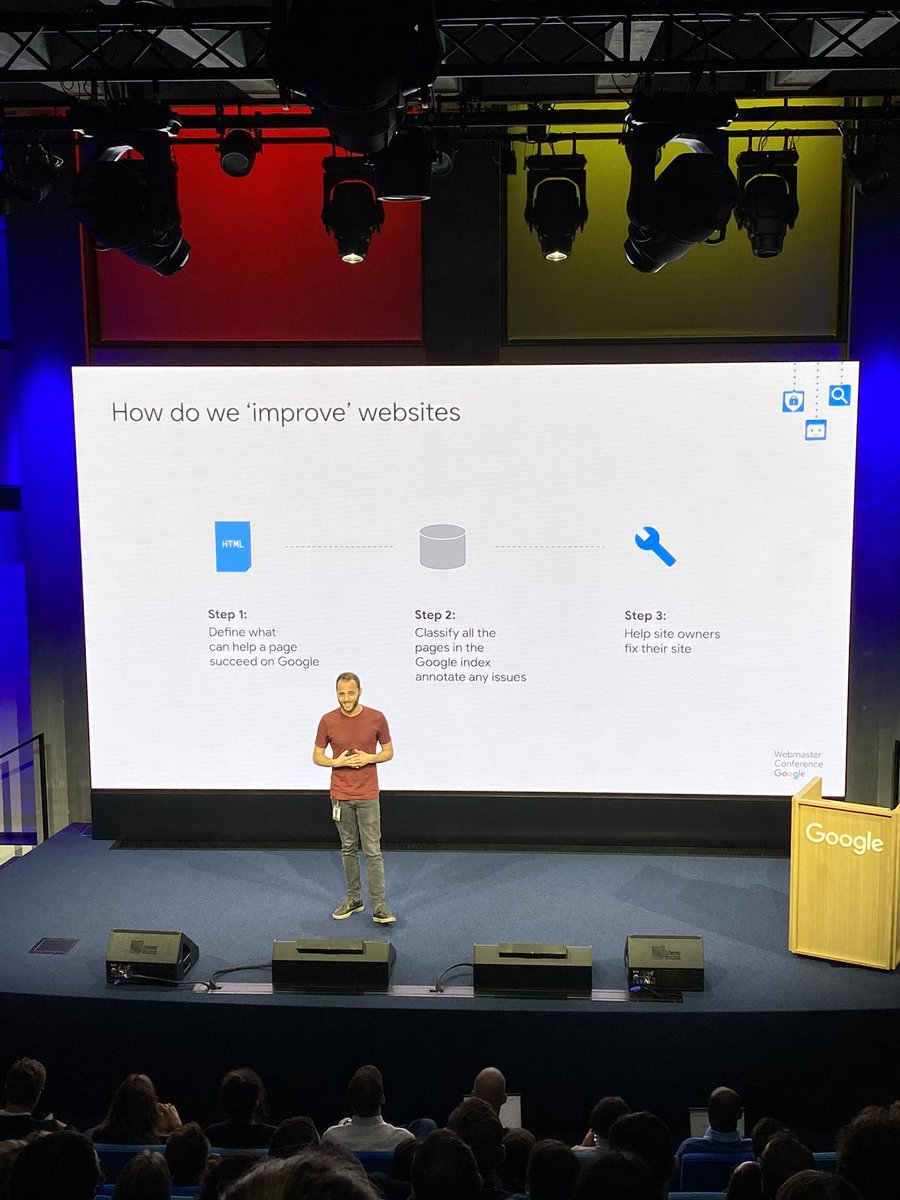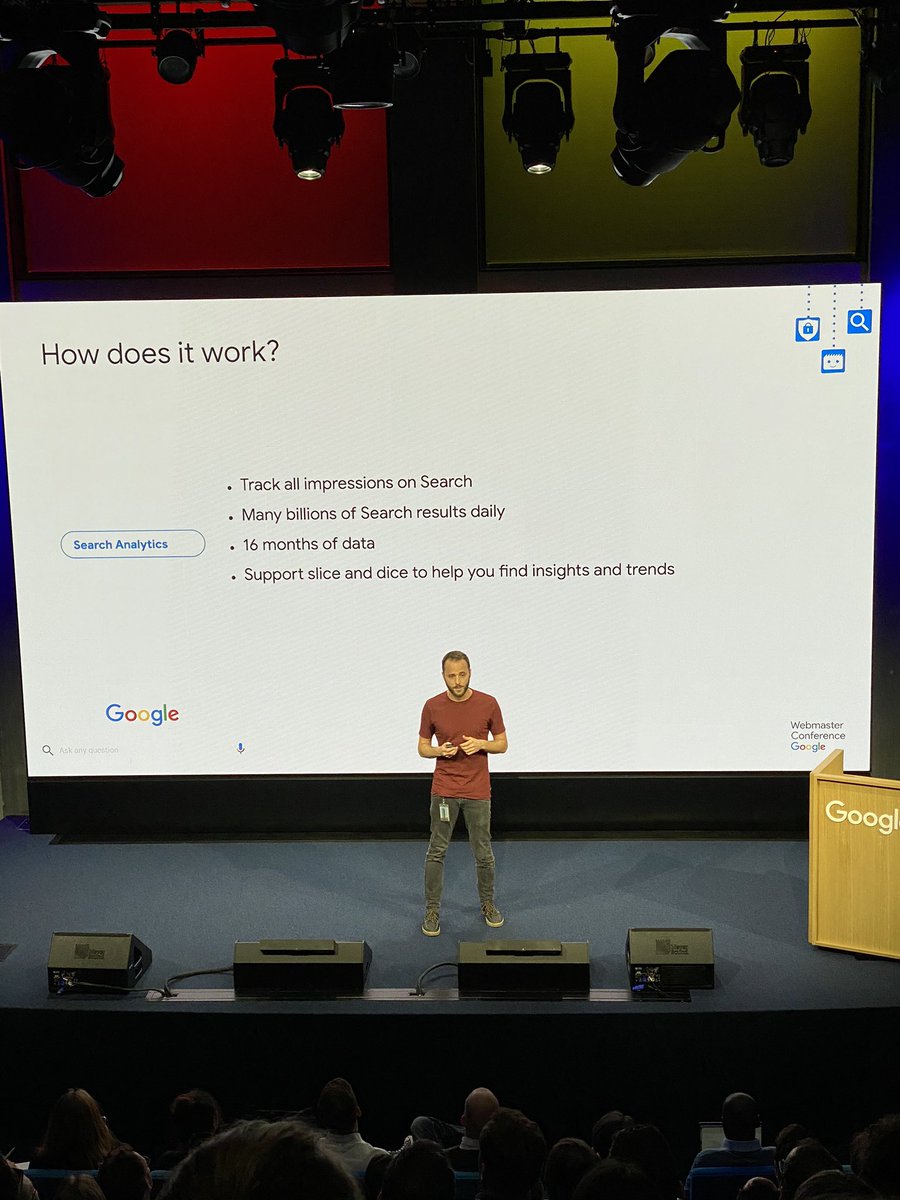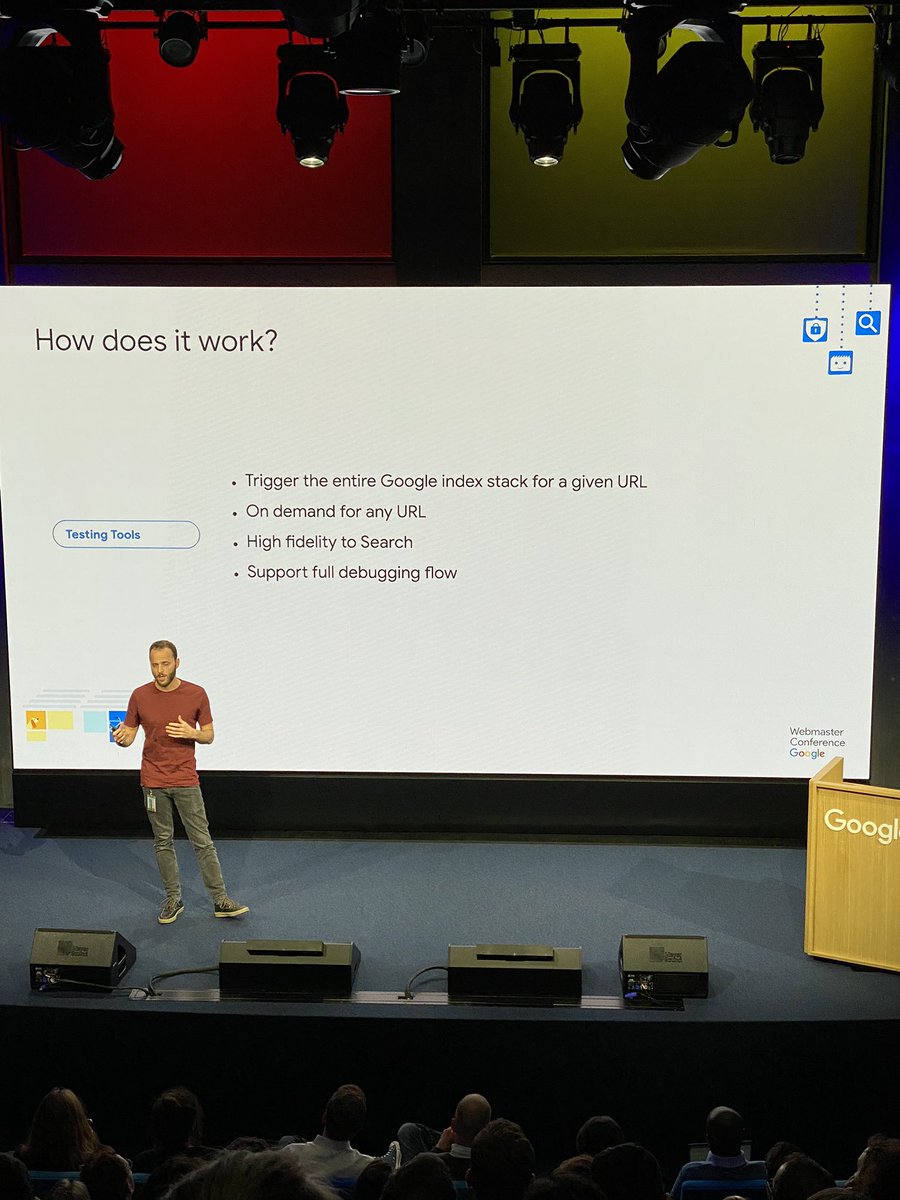
Are you doing Speed & Core Web Vitals analysis? To prioritize actions w/ clients I've found useful to do competitive speed & CWV analysis to show its importance and impact vs. other player for meaningful queries!
Here's a thread about how to do it w/ free tools ⚡️🛠
...



Here's a thread about how to do it w/ free tools ⚡️🛠
...

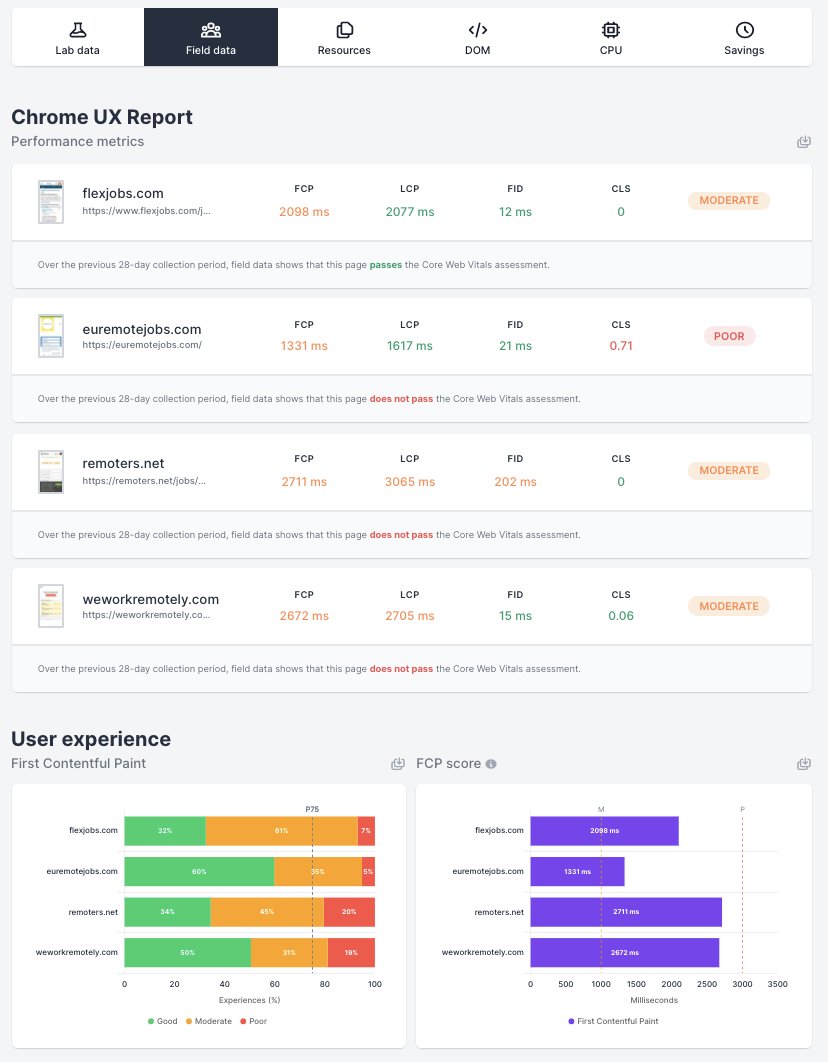

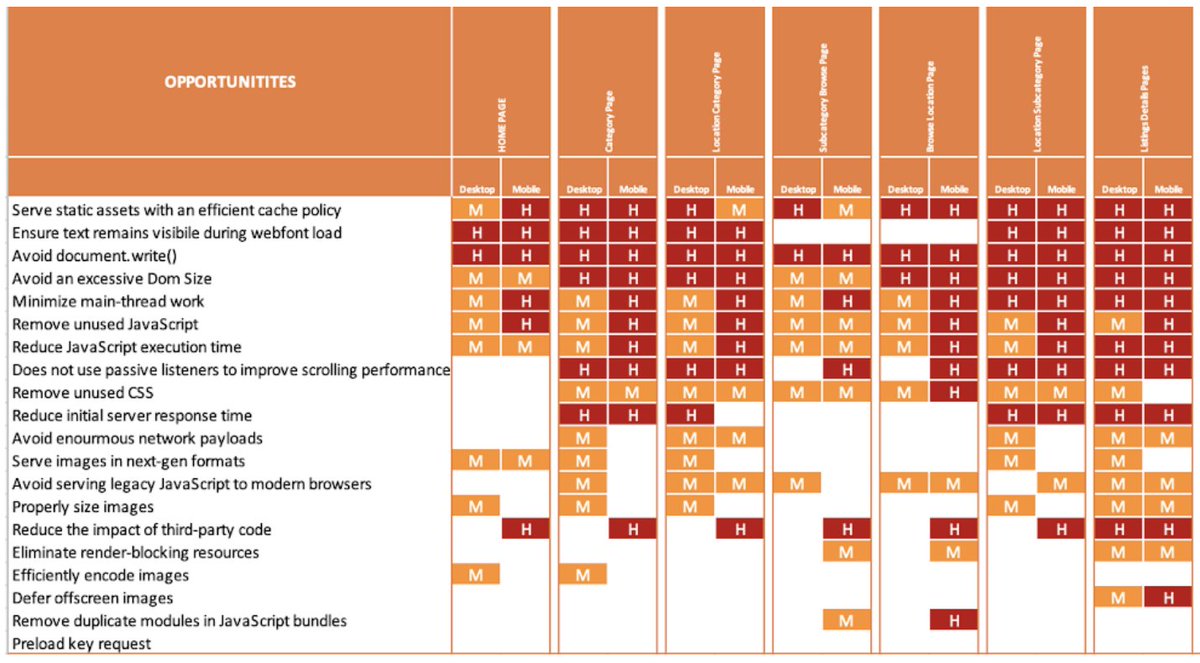
1. Identify your top pages CWV metrics vs. competitors for most important queries:
How are your pages targeted to the most meaningful/relevant queries performing vs. your competitors? Show the gap in SERPs by using @defaced Core SERP Vital extension: defaced.dev/tools/core-ser…
...
How are your pages targeted to the most meaningful/relevant queries performing vs. your competitors? Show the gap in SERPs by using @defaced Core SERP Vital extension: defaced.dev/tools/core-ser…
...

2. Let's dig deeper and compare these pages using pagespeed.compare that shows both Mobile lab (lighthouse) and and field (CrUX) data at different levels of detail for the gathered metrics (LCP, FID, CLS) with nice visual comparisons to show where's the gap among them
...

...


3. You can here also compare those elements/areas that affect the pages performance, as well as a suggestion of the potential savings from each based on what has been identified, that can also help you to prioritize the optimization actions
....

....


4. Validate and expand the previous findings with
batchspeed.com that also allows you to obtain and compare not only your mobile but also desktop speed metrics and elements weight, featuring opportunities and suggestions for each
...
batchspeed.com that also allows you to obtain and compare not only your mobile but also desktop speed metrics and elements weight, featuring opportunities and suggestions for each
...

5. Do this with the most important pages targeting key queries from every area/level of your site to identify the most prevalent issues across them and prioritize to fix those most prevalent ones in the most critical areas/sections
...
...

6. To execute: obtain the specific resources affecting the most each of these types of pages with a prioritized list of them for free using gtmetrix.com to share with developers and facilitate the implementation.
I hope these steps are useful for your process 🙌⚡️🤗

I hope these steps are useful for your process 🙌⚡️🤗


Reminder 🚨 You also have these and more free/freemium speed and page experience tools in this Google Sheets 👇 docs.google.com/spreadsheets/d… 

• • •
Missing some Tweet in this thread? You can try to
force a refresh

